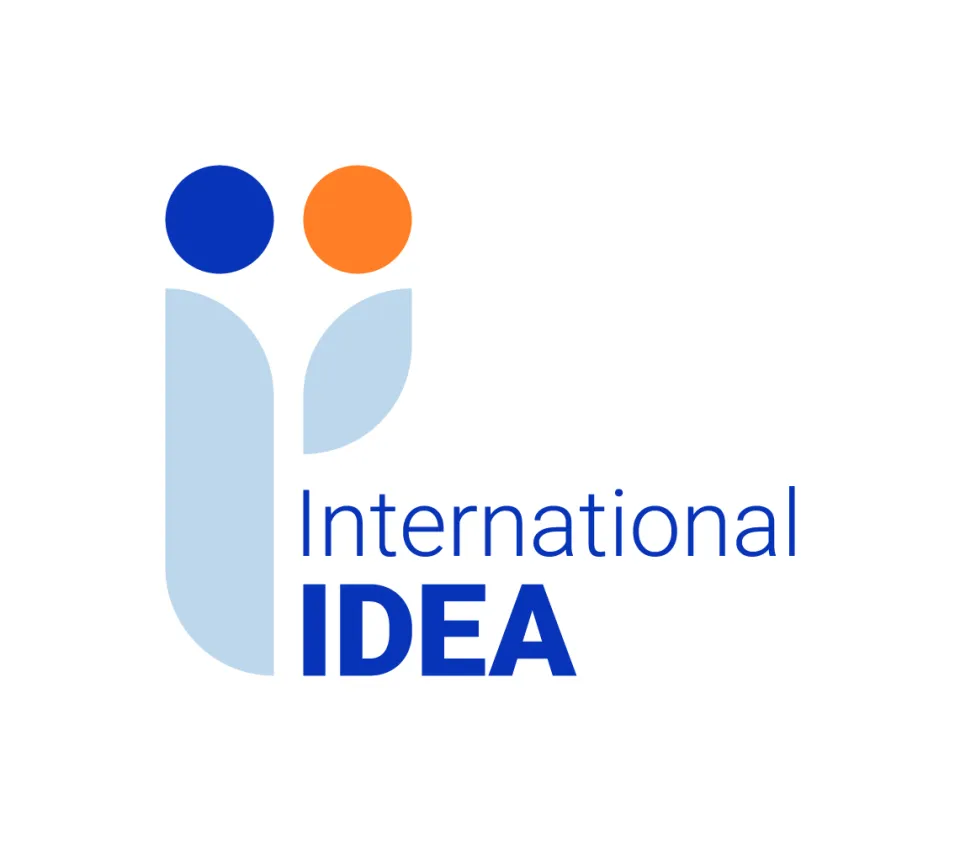
Our Common Agenda (OCA), designed to turbocharge the implementation of existing multilateral agreements, including the 2030 Agenda and the Sustainable Development Goals, highlighted a set of proposals based on the 12 commitments of the declaration on the commemoration of the 75th anniversary of the United Nations in 2020. In the declaration, UN Member States (MS) agreed that neither conflicts, human rights issues, nor sustainable development will improve without the equal participation and representation of women at all levels of society. Based on these views, the UN Secretary-General affirmed that the placement of women and girls at the center—including through tackling gender-discriminatory laws, the promotion of gender parity, the facilitation of women’s economic inclusion, the eradication of violence against women and girls, and the inclusion of voices of younger women in decision-making—should be a key priority in the processes stemming from the OCA. The Summit of the Future, a crucial milestone derived from this agenda, will be held in September 2024 at the UN Headquarters in New York. The Summit will provide a unique opportunity for Member States to forge a new global consensus on commitments and proposals for a better future for all that leaves no one behind, especially women and girls in all regions of the world.
According to International IDEA’s Global State of Democracy Indices, gender equality has had a slow progression globally, especially since 2010. Western Asia, Asia and the Pacific, and Africa are among the regions with the slowest improvements with their current score falling below the global average (figure 1). Could this Summit process be successful at delivering and accelerating gender equality as a Pact for the Future for all?
Figure 1. Global State of Democracy Indices, Gender Equality (Click the image below to see more details)
The Pact for the Future, which will be the outcome document of the Summit of the Future, is currently being negotiated by all the Member States of the UN. The Pact will consist of a chapeau and five chapters on 1) sustainable development and financing for development; 2) international peace and security; 3) science, technology, and innovation and digital cooperation; 4) youth and future generations; and 5) transforming global governance. The Pact will also contain two annexes on the Declaration for Future Generations and the Global Digital Compact. Currently, the zero draft contains 148 paragraphs, of which only 6 include the term ‘gender equality’, 8 include the word ‘women’, and 2 include other gender references. In its totality, only 11 paragraphs include any reference to women and gender equality.
While it is important to have references throughout the document, more is needed. Currently, the draft document is guided by principles of human rights and gender equality, as listed in the Chapeau; contains language that gender equality is essential to achieve sustained, inclusive and equitable economic growth, as listed in chapter one; reflects that peace cannot be achieved and sustained without the realization of women’s rights, as listed in chapter two; highlights that the gender digital divide should be addressed, as listed in chapter three; recognizes that women and girls are underrepresented in formal political structures, as listed in chapter four; and re-commits to addressing situations of violations of women’s and girls’ rights including gross and systematic, as listed in chapter five.
However, the draft Pact for the Future, in its current form, lacks a critical element that has been missing throughout this process: concrete action-oriented commitments and proposals for advancing gender equality at the local, national, and regional levels. New ideas and pledges are needed for a distinct global transformational change where women and girls are truly at the center. The United Nations and its Member States are at a critical inflection point in time that may bring lasting societal change. To truly propel the advancement of women's and girls' rights, the Pact for the Future demands more than just promises—it requires tangible commitments that can be swiftly transformed into decisive action.




